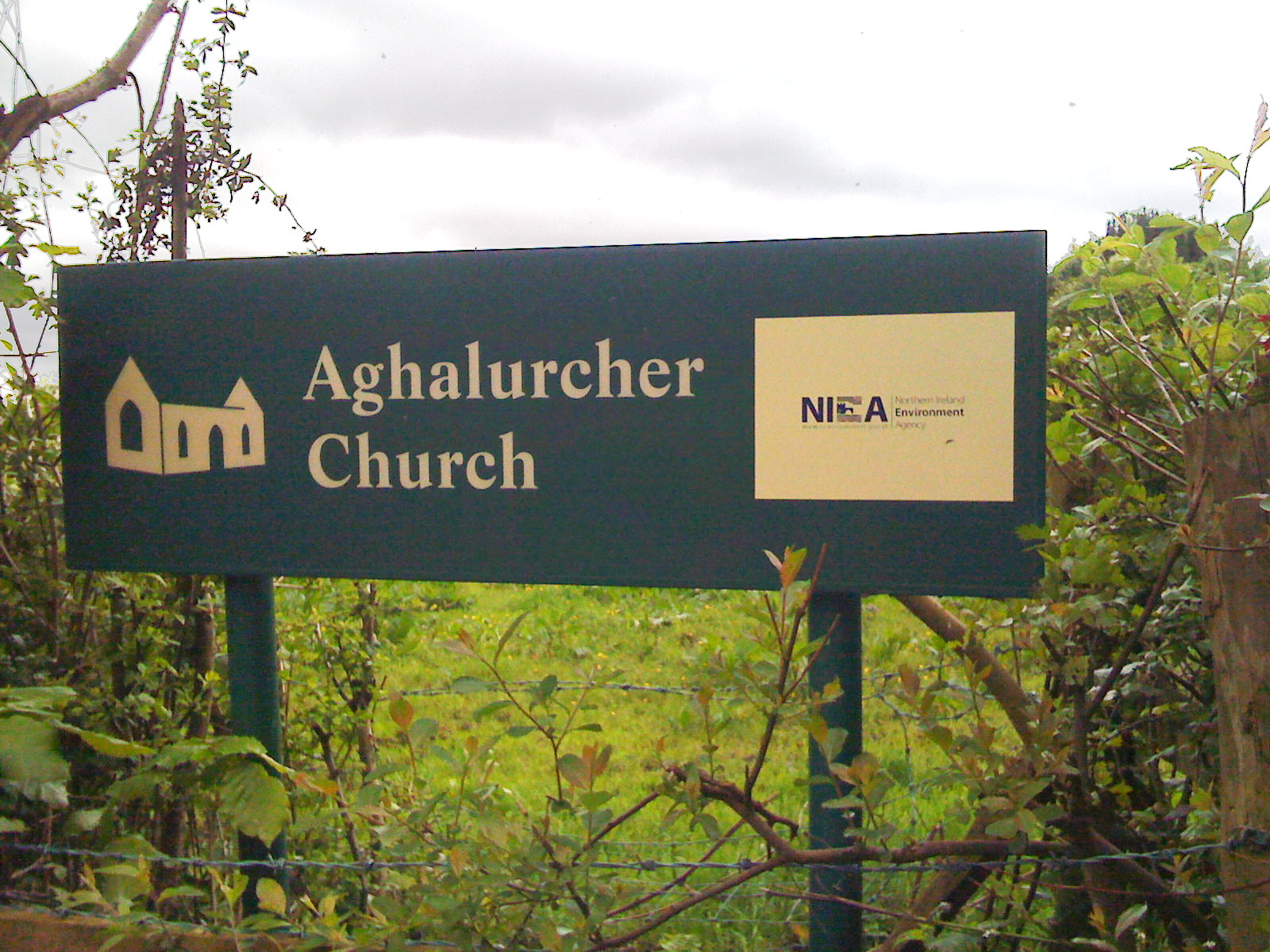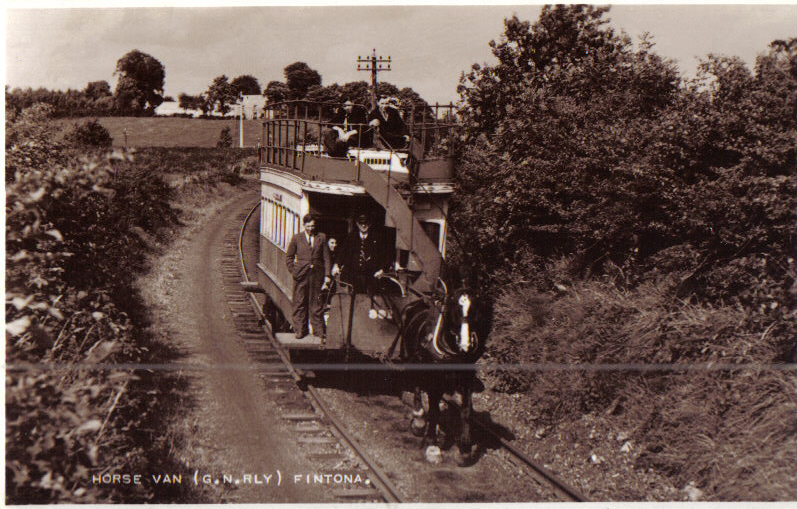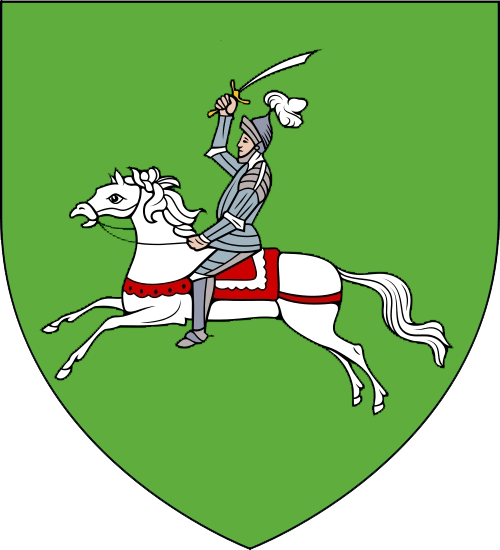|
Barony Of Clogher
Clogher is a barony in County Tyrone, Northern Ireland. It is bordered by four other baronies in Northern Ireland: Omagh East to the north; Dungannon Lower to the east; Magherastephana to the south; and Tirkennedy to the south-west. It also borders two baronies in the Republic of Ireland: Trough and Monaghan both to the south-east. In the eighteenth century Clogher barony was sometimes called Upper Dungannon, by contrast with the then barony of Dungannon; it is not to be confused with the modern Dungannon Upper barony created by the 1837 subdivision of Dungannon barony. History The barony of Clogher was a territory formerly known as Kinel Ferady, an anglicisation of a branch of the Cenél nEóghain, the Cenél Fearadhaigh, meaning ''kindred/descendants of Ferry''. This territory was divided into two ancient districts. The Mac Cathmhaoil (, '' Campbell'', ''MacCawell'', ''MacCall'') were the leading sept of the Cenél Fearadhaigh, and one of the seven powerful septs supporti ... [...More Info...] [...Related Items...] OR: [Wikipedia] [Google] [Baidu] |
Irish Language
Irish (Standard Irish: ), also known as Irish Gaelic or simply Gaelic ( ), is a Celtic language of the Indo-European language family. It is a member of the Goidelic languages of the Insular Celtic sub branch of the family and is indigenous language, indigenous to the island of Ireland. It was the majority of the population's first language until the 19th century, when English (language), English gradually became dominant, particularly in the last decades of the century, in what is sometimes characterised as a result of linguistic imperialism. Today, Irish is still commonly spoken as a first language in Ireland's Gaeltacht regions, in which 2% of Ireland's population lived in 2022. The total number of people (aged 3 and over) in Ireland who declared they could speak Irish in April 2022 was 1,873,997, representing 40% of respondents, but of these, 472,887 said they never spoke it and a further 551,993 said they only spoke it within the education system. Linguistic analyses o ... [...More Info...] [...Related Items...] OR: [Wikipedia] [Google] [Baidu] |
Cenél Fearadhaigh
Cenél is a surname. Notable people with the surname include: *Cenél Conaill, the name of the "kindred" or descendants of Conall Gulban, son of Niall Noígiallach defined by oral and recorded history *Cenél nEógain (in English, Cenel Eogan) is the name of the "kindred" or descendants of Eógan mac Néill, son of Niall Noígiallach who founded the kingdom of Tír Eógain in the 5th century *Kin groups forming part of Dal Riata, most of which, after a varied evolution eventually became the Scottish region of Argyll **Cenél nÓengusa, a kin group who ruled the island of Islay, and perhaps nearby Colonsay. After spending 4 centuries as part of Norway, and another 4 as part of the quasi-independent Lordship of the Isles, this region became Scottish in the late 15th century. ** Cenél nGabráin, the "kindred" of Gabrán, who ruled Kintyre, Knapdale (at that time including the lands between Loch Awe and Loch Fyne - Craignish, Ardscotnish, Glassary, and Glenary), the island of Arr ... [...More Info...] [...Related Items...] OR: [Wikipedia] [Google] [Baidu] |
Aghalurcher
Aghalurcher is a civil parish located mainly in the barony of Magherastephana in County Fermanagh and partly in the barony of Clogher in County Tyrone, Northern Ireland. Townlands of Aghalurcher in County Fermanagh The parish comprises the following 239 townlands in County Fermanagh: *Acres * Aghacramphill * Aghalurcher Glebe * Aghamore North * Aghamore South * Aghavoory * Agheeghter * Aghinure * Aghnaskew * Altagoaghan * Altawark * Altmartin * Altnaponer * Atnamollyboy * Attybaron * Attyclannabryan * Ballymacaffry * Ballymakenny * Barnhill * Bohattan * Boleyhill * Brobrohan * Bunnahesco * Bunnahola Island * Carrickawick * Carrickmacosker * Carricknabrattoge * Carrickpolin * Carrowgarragh * Carrowhony * Castle Balfour Demesne * Cavanagarvan * Cavanaleck * Claraghy *Clay * Cleen * Cleenriss * Clonmacfelimy * Coalhill * Colebrook Demesne * Comaghy * Congo * Coolaran * Coolbeg * Coolcrannel * Coollane * Cooltrane * Cooneen * Corfannan * Corlacky * Corlough * Cornakessagh * Corn ... [...More Info...] [...Related Items...] OR: [Wikipedia] [Google] [Baidu] |
Fivemiletown
Fivemiletown is a village and townland in County Tyrone, Northern Ireland. It is 16 miles (26 km) east of Enniskillen and 26 miles (43 km) west-south-west of Dungannon, on the A4 road (Northern Ireland), A4 Enniskillen-to-Dungannon road. Fivemiletown's population was 1,243 at the 2011 United Kingdom census, 2011 census. This article contains quotations from this source, which is available under th Open Government Licence v3.0 © Crown copyright. The village is most famous for its creamery, which was begun as a cooperative in 1898 by Hugh de Fellonburg Montgomery. Fivemiletown Creamery originally made butter and milk, but now makes cheeses for the British and Irish market, and for export across Europe and North America. Name Fivemiletown's name comes from its location five Irish miles (1 Irish mile = 1.27 statute miles = 2044 m) from its nearest neighbours: Clogher, Brookeborough and Tempo, County Fermanagh, Tempo. The original Irish name of the townland of Fivemileto ... [...More Info...] [...Related Items...] OR: [Wikipedia] [Google] [Baidu] |
Fintona
Fintona (; ), is a village and townland in County Tyrone, Northern Ireland. Its population at the 2011 Census was 1,164. Name and etymology Fintona is derived Phonetics, phonetically from the Irish name of the area, ''Fionntamhnach''; this is often translated to mean "white field" however other meanings have been recorded due to various English translations for "fionn" and "tamhnach". "Fionn" may refer to a colour that is described as white, bright, blonde or fair-coloured, while "tamhnach" may refer to a field, clearing, oasis, grassy upland or arable place in a mountain. In the past, the English spelling of the area has varied, with ''"Findonagh"'' in use as recently as 1937 in Church of Ireland documents, while ''"Fentonagh"'' and ''"Fintonagh"'' were also in use in the 19th century. The current spelling of Fintona has been recorded as first used in 1774. History The local area has been known to have had human activity for around 4000 years; there are many burial places, s ... [...More Info...] [...Related Items...] OR: [Wikipedia] [Google] [Baidu] |
Ballygawley, County Tyrone
Ballygawley or Ballygawly () is a small town in County Tyrone, Northern Ireland. It is about 20 kilometres southwest of Dungannon, near the meeting of the A5 Derry–Dublin and A4 Dungannon–Enniskillen roads. Geography An American visitor in 1925 commented on the way the village was laid out: "...Ballygawley, which I found to be a village or settlement on two streets (or possibly on one street which turned at right angles to my left as I stood looking at the buildings when I came in sight of the place). It was a wide street, with excellent cement sidewalks not very wide, and the buildings came up flush with the sidewalks, and there were no alleys, driveways or paths between the buildings." It is a compact village around the L-shaped Main Street and Church Street, formerly Meeting House Street, with a second cluster of development to the southwest. The main cluster inholds most of the village's facilities; two primary schools, churches and a range of shops and services. The c ... [...More Info...] [...Related Items...] OR: [Wikipedia] [Google] [Baidu] |
Augher
Augher (from meaning "edge/border") is a small village in south County Tyrone, Northern Ireland. It lies just 6 miles to the border with County Monaghan and is 16 miles south of Dungannon. It is situated in the historic barony of Clogher and the civil parish of Clogher. The 2001 Census recorded a population of 399. The town gives its name to the local Gaelic Football Club. Historical By the time of the Nine Years' War Augher was important enough to be used as a garrison town by the forces of Lord Mountjoy, Elizabeth I's Lord Deputy of Ireland, to disrupt the army of the Earl of Tyrone. In 1613, after the war and as part of the Plantation of Ulster an area of 315 acres (127.5 ha) around Augher was given to Sir Thomas Ridgway who had been the Treasurer at War for Ireland. The land grant was strict about what the Undertaker i.e. Ridgway, could do with the land in terms of who had to be settled there and what provisions had to be given to the settlers. Ridgway was successful in ... [...More Info...] [...Related Items...] OR: [Wikipedia] [Google] [Baidu] |
Clogher
Clogher (; , ) is a village and civil parish in the border area of south County Tyrone, Northern Ireland. It lies on the River Blackwater, 5.8 miles from the border crossing to County Monaghan. It stands on the townlands of Clogher Demesne and Clogher Tenements. The 2011 Census recorded a population of 717. This article contains quotations from this source, which is available under th Open Government Licence v3.0 © Crown copyright. The civil parish of Clogher covers areas of County Fermanagh as well as County Tyrone. History Clogher is home to the provincial office in Northern Ireland for the congregation of the Sisters of Mercy (Roman Catholic order of nuns). From 1971-1991 The Mercy Order employed some of their nuns at St Macartan's Primary School following the leave of the order of saint louis as the school was actually founded by the Sisters of St Louis in the 1930s due to the high demand for primary Catholic education in the Clogher area. The Sisters of Mercy also ... [...More Info...] [...Related Items...] OR: [Wikipedia] [Google] [Baidu] |
Maguire (surname)
The Maguire ( ) family is an Irish clans, Irish clan based in County Fermanagh. The name derives from the Goidelic languages, Gaelic , which is "son of Odhar" meaning 'Wikt:sallow, sallow' or 'pale-faced'. According to legend, this relates to the eleventh descendant of The Three Collas, Colla da Chrich, great-grandson of Cormac mac Airt, who was monarch of Ireland about the middle of the third century. From the 13th to the 17th centuries, the Maguire family were kings of Fermanagh. Naming conventions The surname has been Anglicisation, anglicized variously as McGuire, McGwire, McGwyre and most commonly, Maguire (from variant form ''Mag Uidhir''). History According to historian C. Thomas Cairney, the Maguires were a chiefly family of the Oirghialla (or Airgíalla or Oriel) who were a tribe of the Laigin, the third wave of Celts to settle in Ireland during the first century Anno Domini, BC. The Maguire sept is primarily associated with modern-day County Fermanagh. They possessed ... [...More Info...] [...Related Items...] OR: [Wikipedia] [Google] [Baidu] |
O'Neill Dynasty
The O'Neill dynasty ( Irish: ''Ó Néill'') are a lineage of Irish Gaelic origin that held prominent positions and titles in Ireland and elsewhere. As kings of Cenél nEógain, they were historically one of the most prominent family of the Northern Uí Néill, along with the O'Donnell dynasty. Some O'Neills state that their ancestors were kings of Ailech during the Early Middle Ages, as descendants of Niall of the Nine Hostages. Two of their progenitors were High Kings of Ireland: Niall Glúndub (from whom they take their name) and Domnall ua Néill. From 1232 until 1616, the O'Neills were sovereign kings of Tír Eógain, holding territories in the north of Ireland in the province of Ulster, particularly around modern County Tyrone, County Londonderry and County Antrim, in what is now Northern Ireland. After their territory was merged with the Kingdom of Ireland and the land was caught up in the Plantation of Ulster, they were involved in a number of events, such as Tyr ... [...More Info...] [...Related Items...] OR: [Wikipedia] [Google] [Baidu] |
Campbell (surname)
Campbell is a Scottish surname —derived from the Goidelic languages, Gaelic roots ''cam'' ("crooked") and ''beul'' ("mouth")—that had originated as a nickname meaning "crooked mouth" or "wry mouthed." Clan Campbell, historically one of the largest and most powerful of the Highland clans, traces its origins to the ancient Celtic Britons, Britons of Strathclyde. Between 1200 and 1500 the Campbells emerged as one of the most powerful families in Scotland, dominant in Argyll and capable of wielding a wider influence and authority from Edinburgh to the Hebrides and western Highlands. Today, the name is found throughout the world as a consequence of large scale emigration from Scotland from the 18th century onwards and the settlement of the Scottish people, Scottish diaspora in many countries particularly the United States, Canada and Australia. Due to significant Scottish immigration in the 16th and 17th centuries, the name is also found across the island of Ireland but particularly ... [...More Info...] [...Related Items...] OR: [Wikipedia] [Google] [Baidu] |
McCaul
McCaul, also spelt MacCawell is an Irish surname, derived from the Gaelic '' Mac Cathmhaoil'', meaning the "son of Cathmhaol", ''descendant of'' being implied. The name ''Cathmhaoil'' itself is derived from ''cath mhaol'' meaning "battle chief". The ''Mac Cathmhaoil'' were the leading family of ''Cenél Fearadhaigh'', of the Uí Néill, and were based around Clogher in modern-day County Tyrone, Northern Ireland. They were one of the seven powerful septs that supported the O'Neills. Mac Cathmhaoil is now rare in Ulster as it has been Anglicised under various different forms such as, Campbell, McCawl, Caulfield, McCall, Alwell, Callwell, McCowell, Cowell, McCuill, Howell, MacHall, and McQuade. The height of their power was in the 12th century where their territory covered most of modern County Tyrone, and deep into County Fermanagh. By the mid fourteenth century their power in Fermanagh, was broken by the rise of the Maguires. Having controlled the seat of power of the dioces ... [...More Info...] [...Related Items...] OR: [Wikipedia] [Google] [Baidu] |






